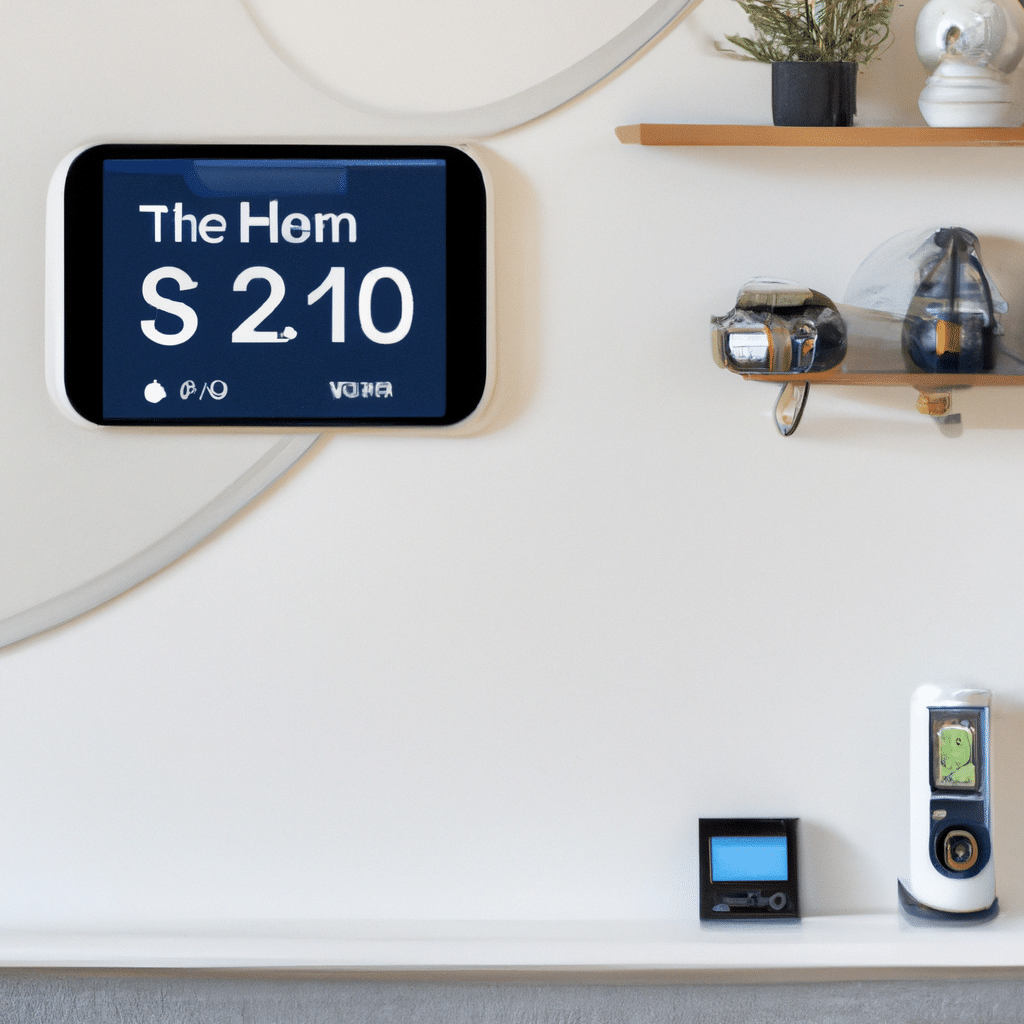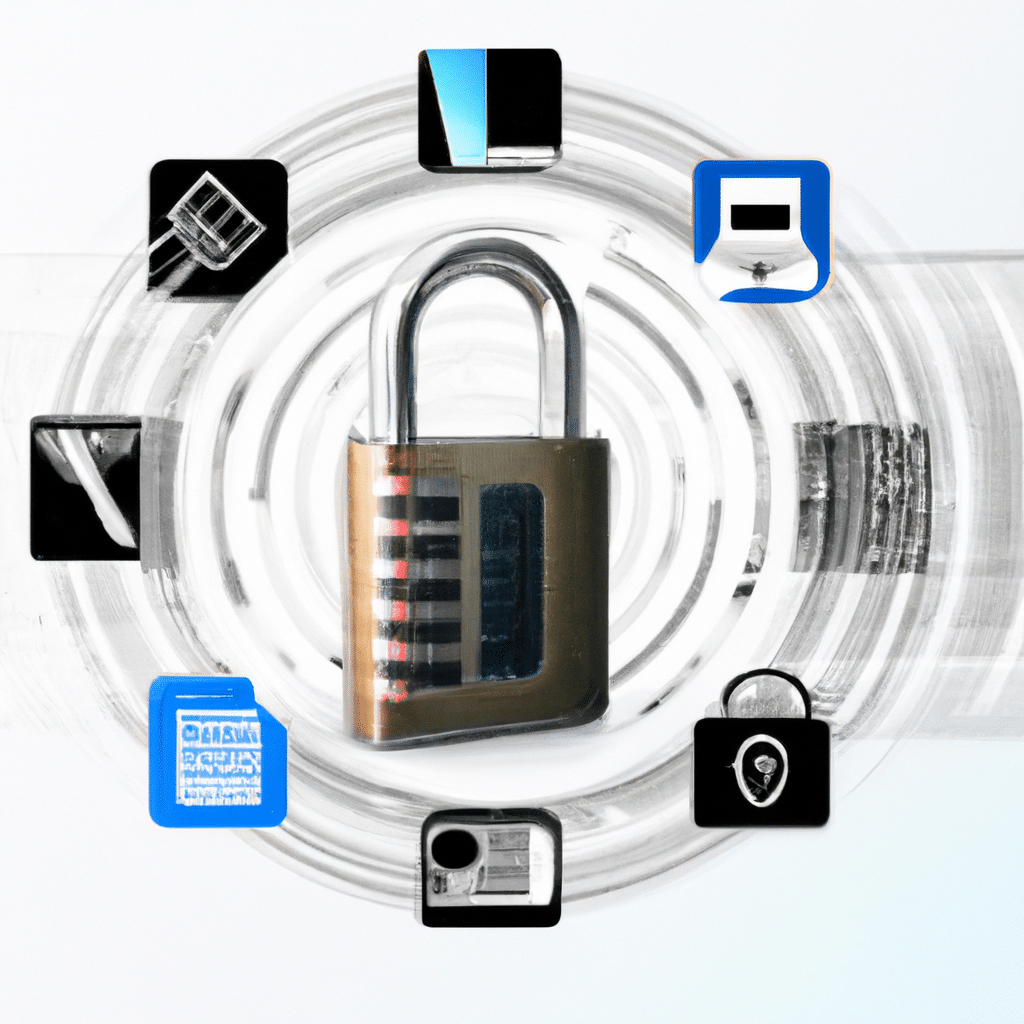
Introduction
Welcome to the ultimate guide on how to optimize your home’s temperature and save energy and money with smart thermostats. In this comprehensive article, we will explore the benefits of using smart thermostats, how they work, and provide practical tips on maximizing their efficiency. By the end, you’ll have all the knowledge you need to make informed decisions on selecting and utilizing smart thermostats to create a comfortable and energy-efficient home environment.
Understanding Smart Thermostats
What are Smart Thermostats?
Smart thermostats are advanced temperature control devices that utilize cutting-edge technology to improve energy efficiency and provide personalized comfort. Unlike traditional thermostats, smart thermostats can be controlled remotely through smartphone apps or voice assistants, allowing you to adjust your home’s temperature from anywhere. They also learn from your behavior and adjust settings automatically to optimize energy consumption.
How Do Smart Thermostats Work?
Smart thermostats use a combination of sensors, algorithms, and machine learning to gather data about your home’s temperature patterns and your preferences. They analyze this information to create personalized schedules and temperature settings that maximize comfort while minimizing energy waste. Some models even incorporate weather forecasts to further optimize temperature control.
Benefits of Smart Thermostats
Investing in a smart thermostat offers numerous benefits for both your wallet and the environment. Let’s explore some of the key advantages:
-
Energy Savings: By optimizing temperature settings based on occupancy and your schedule, smart thermostats can significantly reduce energy waste and lower your utility bills.
-
Convenience: With remote access and intuitive interfaces, smart thermostats make it effortless to control your home’s temperature settings from anywhere. You can adjust settings through your smartphone, tablet, or voice commands, ensuring your home is always comfortable when you arrive.
-
Learning Capabilities: Smart thermostats adapt to your behavior over time, learning your temperature preferences and occupancy patterns. This intelligence allows them to create personalized schedules and automatically adjust settings for maximum comfort and energy efficiency.
-
Integration with Smart Home Systems: Many smart thermostats can integrate with other smart home devices, such as smart lighting or security systems. This integration enables a more holistic approach to home automation and enhances overall convenience and efficiency.
Choosing the Right Smart Thermostat
Consider Your Heating and Cooling System
Before selecting a smart thermostat, it’s important to understand your heating and cooling system’s compatibility. Different systems may require specific thermostat features or wiring configurations. Consult with a professional if you’re unsure about compatibility or installation requirements.
Key Features to Look For
When evaluating smart thermostats, consider the following features to ensure you make an informed decision:
-
Compatibility: Ensure the thermostat you choose is compatible with your existing heating and cooling system.
-
Energy Reports: Look for models that provide detailed energy reports, allowing you to monitor and optimize energy consumption.
-
Geofencing: Geofencing technology enables your thermostat to detect when you enter or leave a specific area, automatically adjusting temperature settings accordingly.
-
Voice Control: If you prefer hands-free control, choose a thermostat that integrates with popular voice assistants like Amazon Alexa or Google Assistant.
-
Learning Capabilities: Opt for a thermostat that learns your preferences and adapts settings based on your behavior for maximum energy savings and comfort.
-
App Integration: Check if the thermostat’s companion app is user-friendly and offers all the necessary features for effortless control.
-
Design and Display: Consider the physical design and display of the thermostat to ensure it fits seamlessly into your home’s aesthetics.
Installation and Setup
Professional Installation vs. DIY
Depending on your comfort level with electrical systems, you can either opt for professional installation or set up the smart thermostat yourself. Professional installation guarantees correct wiring and configuration, while DIY installation provides cost savings. Ensure you follow the manufacturer’s instructions carefully if you choose the DIY route.
Connecting to Wi-Fi and Companion App
To fully utilize the features of your smart thermostat, you’ll need to connect it to your home’s Wi-Fi network and download the companion app. Follow the manufacturer’s instructions to establish a stable connection and configure the necessary settings.
Setting Up Personalized Schedules
Once connected, take advantage of the smart thermostat’s learning capabilities by setting up personalized schedules. Adjust temperature settings based on your daily routines and occupancy patterns. Over time, the thermostat will learn and optimize these settings to maximize energy efficiency without compromising comfort.
Tips for Optimizing Energy Efficiency
Utilize Temperature Setbacks
One effective strategy to save energy is to utilize temperature setbacks when you’re away from home or sleeping. Lowering the temperature by a few degrees during these periods can result in significant energy savings over time. Smart thermostats make it effortless by allowing you to schedule setbacks or automatically adjusting based on your behavior.
Leverage Weather Forecast Integration
Some smart thermostats offer weather forecast integration, allowing them to adjust temperature settings based on predicted weather conditions. By leveraging this feature, your thermostat can proactively optimize heating or cooling, ensuring your home remains comfortable while minimizing energy waste.
Regular Maintenance and Filter Replacements
To ensure optimal performance, remember to perform regular maintenance on your heating and cooling system. Clean or replace air filters as recommended by the manufacturer to prevent airflow restrictions and maintain energy efficiency. A clean system operates more efficiently and requires less energy to maintain desired temperatures.
Monitor Energy Reports
Take advantage of the energy reports provided by your smart thermostat. These reports offer insights into your energy consumption patterns, allowing you to identify areas for improvement and adjust settings accordingly. By staying aware of your energy usage, you can continuously optimize your home’s temperature control.
Conclusion
In conclusion, smart thermostats are powerful tools for optimizing your home’s temperature and saving energy and money. By leveraging their advanced features, learning capabilities, and remote control convenience, you can create a comfortable environment while minimizing energy waste. Remember to choose a smart thermostat that suits your heating and cooling system, consider key features, and follow proper installation and setup procedures. By implementing the tips and strategies outlined in this guide, you’ll be well on your way to achieving a more energy-efficient and cost-effective home.






